With all the media coverage today on climate change and global warming, have you ever stopped to think about what could be the key driver behind it?
Sure, you have the effects of deforestation and cars emitting carbon dioxide into the atmosphere, but the biggest contributor of all is our continued reliance on coal as an energy source.
But this reliance on coal has come at a price that will remain for our future generations as coal mining operations and coal-powered stations have irreparably changed landscapes, damaged the environment, caused pollution, and contributed to climate change.
To put it in perspective. Coal provides some 40% of the world’s electricity yet is responsible for producing and emitting a staggering 39% of global carbon dioxide.
In this article, we look at coal’s lifecycle from extraction to end use, and the consequences if we continue to rely on this material as an energy source.
Effects of Coal Mining on the Environment
Coal mining is a dirty business in more ways than one, but it is still the world’s number one energy source.
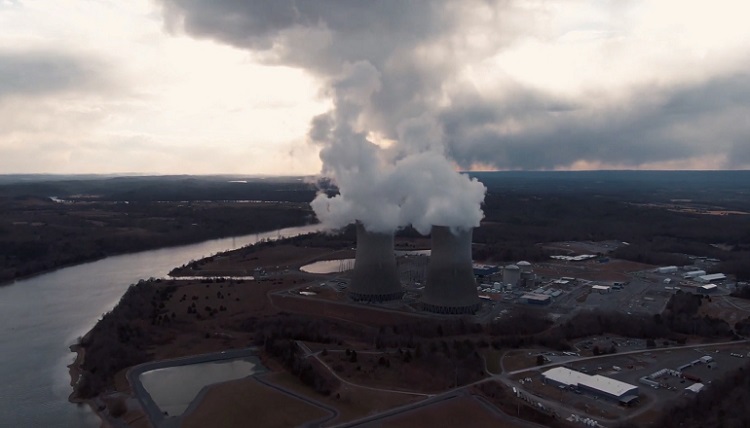
Both strip mining and underground mining to obtain coal impact the environment in a negative way.
Here’s how:
- Coal mining operations destroy landscapes and lead to habitat loss
- It causes deforestation and soil erosion
- Creates air and water pollution
- Creates health hazards for both humans and surrounding wildlife
- It contaminates drinking water supplies
- Releases methane into the atmosphere, a potent greenhouse gas
- Coal mining activities lead to the displacement of people and surrounding communities, and
- Fires can break out in underground coal mines, which can burn for centuries
Global Warming
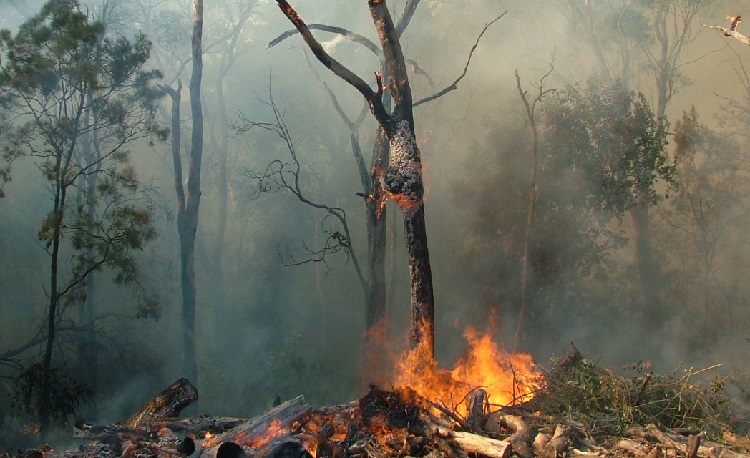
Global warming is one of coal’s most severe effects, with some four thousand plus power plants worldwide still contributing to the deadly effects that accompany global warming.
Both coal mining activities and coal-powered power stations release heat-trapping greenhouse gases such as carbon dioxide and methane.
But more concerning is that recent research has shown that the greatest number of coal-fired power stations worldwide were in China.
As of 2022, China’s 1,110 operational plants accounted for 50% of coal electricity generated globally.
While India came second with 285 power plants, and the United States third with 240 power plants.
And yet, despite NASA scientist James Hansen reporting in 1988 that climate change was underway due in large to the coal industry contributing the largest percentage of anthropogenic carbon dioxide into the atmosphere, more coal-powered power plants are currently being developed today.
Air Pollution
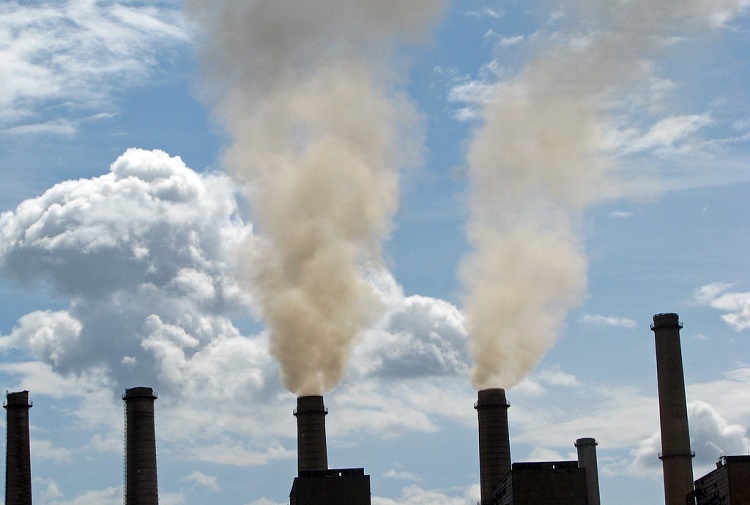
Most of the world’s air pollution can be attributed to the incomplete burning of fossil fuels such as coal, gasoline, and oil.
In fact, coal produces more air pollution than any of the other energy sources.
Coal-fired power plants in the US are estimated to produce just 44% of electricity yet account for 80% of carbon emissions.
These toxic airborne emissions, referred to as particulate matter, include tiny particles of fly ash that contain sulfur dioxide, nitrogen oxides, lead, and other heavy metals, which all impacts on negatively human health.
Health problems such as lung diseases, respiratory problems, breathing difficulties, cardiovascular diseases, neurological disorders, cancer, and even premature death have all been linked to these toxic emissions.
But it’s not only coal-fired power plants that contribute to air pollution.
Coal mining activities, especially surface or strip mining, also contribute to air pollution through microscopic coal dust particles that are released into the air and are harmful to not only the health of nearby communities but wildlife too.
Water Pollution
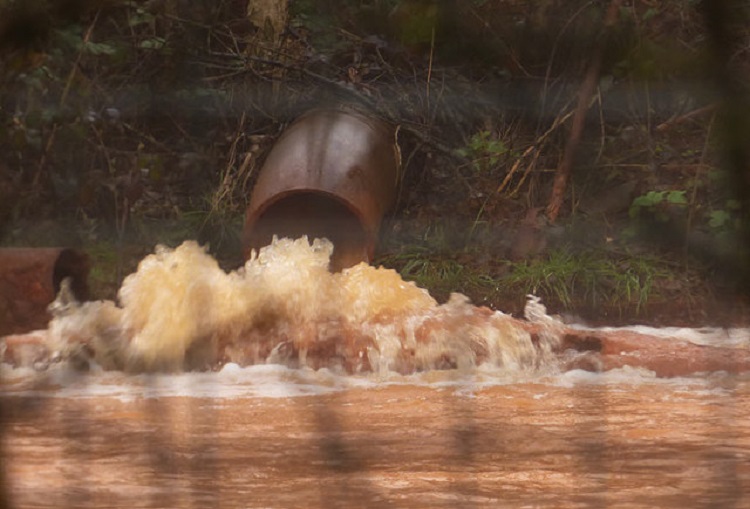
While we often associate burning coal with coal-powered power stations billowing polluted smoke into the air, its effects can be far more devastating for water resources.
This is how coal affects water:
Water Consumption from Coal Plants
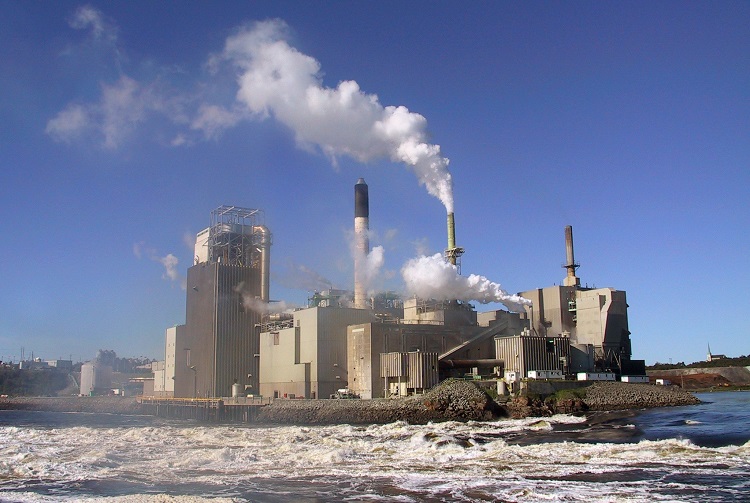
Simply put, coal power stations use vast amounts of water an hour and place a heavy burden on water resources.
According to the Department of Defense National Energy Technology Laboratory, a coal-fired power plant generating 520 megawatts uses a whopping 12 million gallons of water an hour.
And as it is in many parts of the world, the demand for water exceeds the supply, with intense competition for use between agricultural municipal and agricultural sectors.
Thermal Pollution from Coal Plants
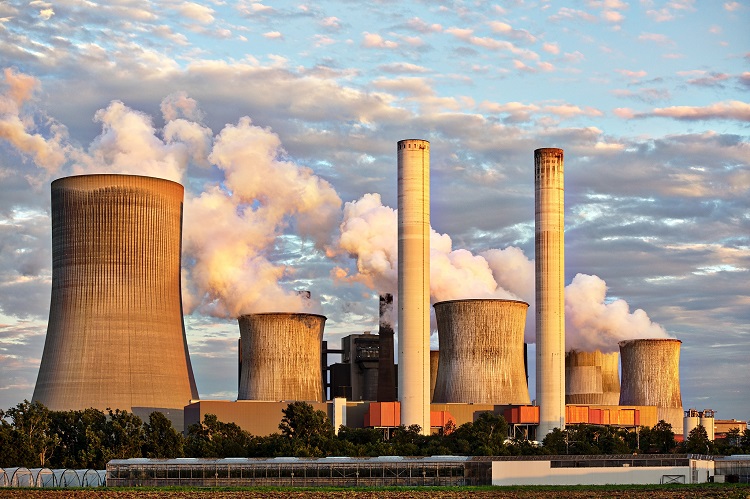
Once a coal plant has pumped the water through the plant to act as a coolant, the wastewater is then released back into the water source.
This wastewater is usually hotter by up to 25° F than the water received and creates what is known as thermal pollution when it is released back into the water.
The temperature change of the wastewater directly affects marine life by decreasing oxygen supplies, decreasing fertility, and even affecting surrounding ecosystems.
In fact, a study undertaken by the New York Times showed that 21 power plants discharge toxic substances such as arsenic, which is 18 times higher than that prescribed by the Federal Drinking Water Standard.
Water Pollution from Waste Products
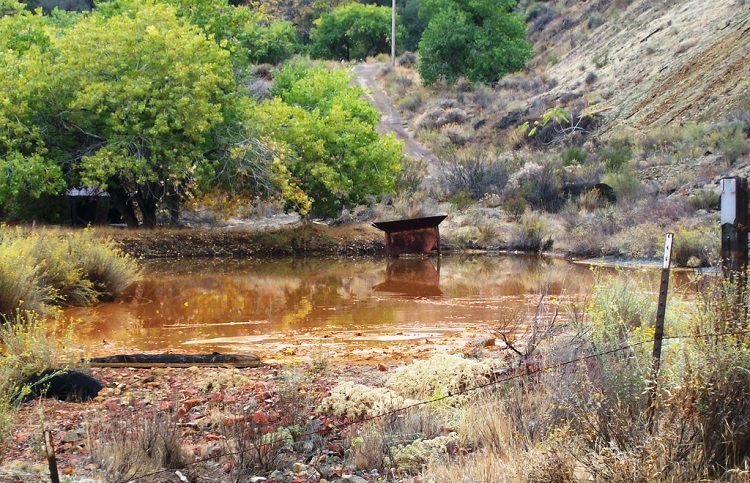
Power stations are known to produce waste products such as fly ash, bottom ash, slag, and sludge which contain concentrated amounts of heavy metal toxins such as lead and mercury.
And while some coal ash may be recycled into products such as wallboard or concrete, a lot of the waste finds its way into landfills or unlined pits.
Over time the waste secretes heavy metal toxins, known as acid mine draining, which can find their way into local water supplies and rivers and contaminate drinking water.
But it’s not just power stations responsible for contaminating local drinking water supplies.
A common practice by coal mines is to wash the mined coal with water and chemical to remove all impurities before loading it for transport to suppliers.
This results in liquid coal waste, referred to as coal slurry, which is then stored in underground water bins or improvised ponds.
Two notable water contamination incidents occurred in West Virginia and Kentucky in the US.
In West Virginia, which has enormous bituminous coal reserves, chemical-laden methylcyclohexane methanol used for washing coal leaked into the Elk River and contaminated the Charleston water supply.
While in Kentucky, the bottom gave way to a coal slurry impoundment which contaminated more than a hundred miles of rivers and streams.
Destruction of Habitats
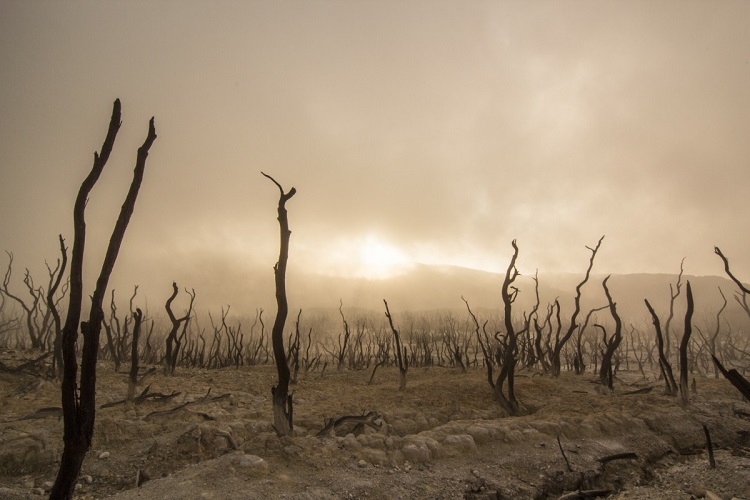
Sadly, the quest for a cheap energy source has resulted in the destruction of landscapes and wildlife habitats.
Strip mining, also called surface mining, strips the ground away to reach the coal seams underneath.
In doing so, methods such as blasting or leveling are used, which in turn not only disturbs but destroys surrounding wildlife habitat.
Additionally, coal mining activities force people in surrounding areas to move in search of cleaner air and water supplies as mining activities expand, taking up more of their habitat.
Soil erosion and deforestation are other effects of coal mining activities when topsoil is scraped away, and trees are burned down or uprooted to make way for a coal mine.
The resulting consequences are that land can no longer be used for agricultural purposes such as crop planting, and the loosened topsoil finds its way into waterways killing fish and plant life.
Noise Pollution
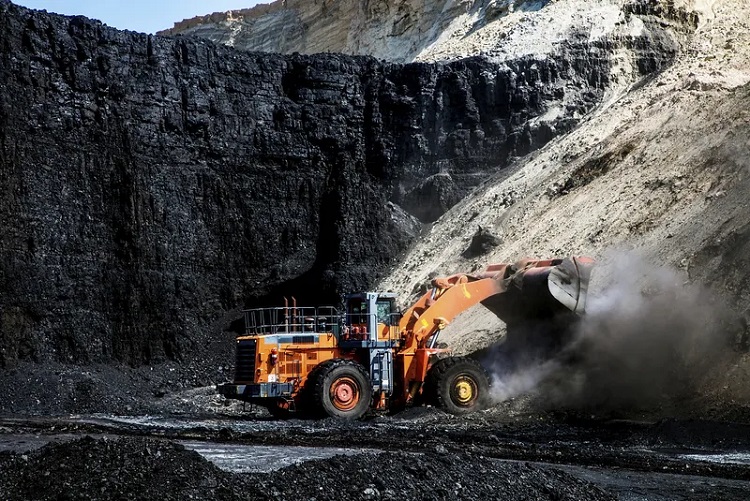
Day in and day out, 24/7 coal mines and their processing plants continue to operate, disrupting the natural rhythm of life for those in surrounding communities.
And while perhaps not the most harmful of all coal mining activities, the man-made noise produced from drilling, blasting, and removing the coal rock qualifies as noise pollution.
Not surprisingly, this has a knock-on effect on people’s health and reduces their quality of life, causing hearing, cognitive, and sleeping disorders, amongst others.
But it’s not just humans affected by the noise generated by coal mining activities.
For studies have proven that noise pollution can even interfere with the breeding habits of local wildlife and is the driving force behind the extinction of some species.
Land Pollution
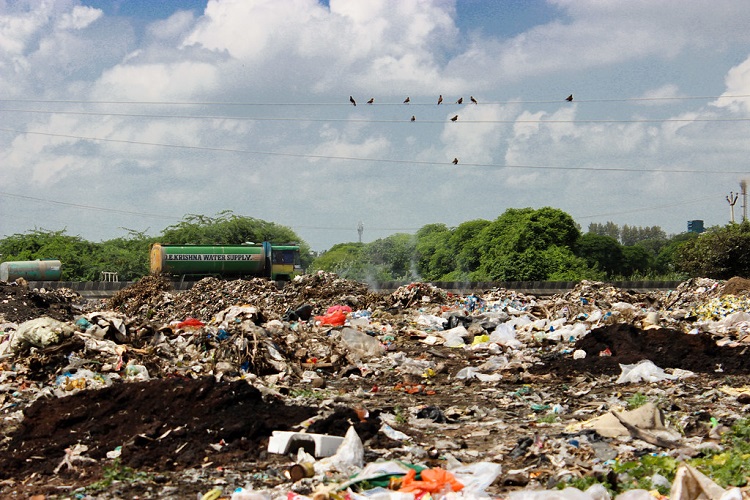
While coal mining activities certainly play a key role in land pollution through land degradation and acid mining drainage, the coal ash from coal power plants is the greatest contributor to land pollution.
In fact, coal ash is the second largest waste material in the US after household trash. With the industry generating a whopping 70 million tons a year.
And while half of the leftover coal ash from coal power plants is recycled, the other half must be disposed of as waste material.
This results in the coal ash, which contains traces of toxic compounds, being buried in landfills or storage ponds with minimal protection in place to prevent leaking or spills.
Acid Rain
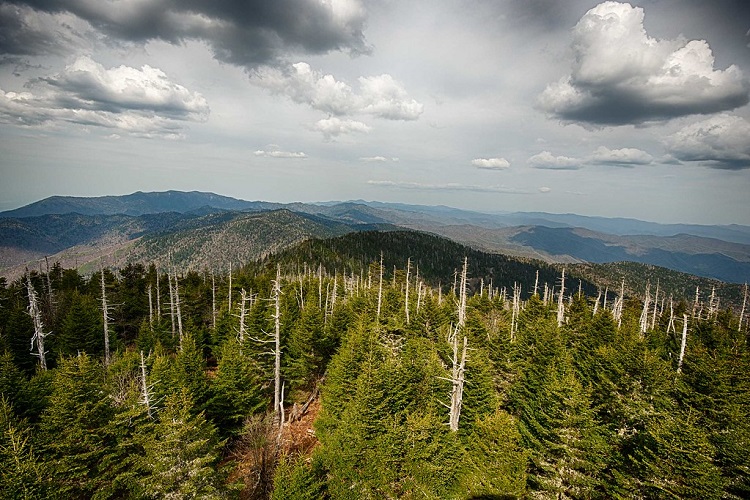
Mainly due to human activities, acid rain results when air pollutants such as nitrogen oxides and sulfur dioxide are released into the atmosphere.
And one of the biggest culprits is coal-burning power plants that emit fly ash.
These pollutants in the fly ash react to oxygen, water droplets, and other substances in the air and create airborne nitric and sulfuric acid resulting in acid rain.
The acid compounds are then spread by wind through the atmosphere over many miles and fall back to the earth in rain, dust, sleet, fog, or snow.
In fact, Studies by the United States Environmental Protection Agency have shown that acid rain has the following detrimental effects.
Human Health
Everything in this world is connected to air quality, and while acid rain won’t harm humans directly, it can cause health-related problems.
When humans breathe in the acid compounds of acid rain, it can affect lung function problems such as asthma and difficulty breathing.
Additionally, scientific studies have also linked these compounds to heart function, heart attacks, and increased heart disease risk.
The Environment
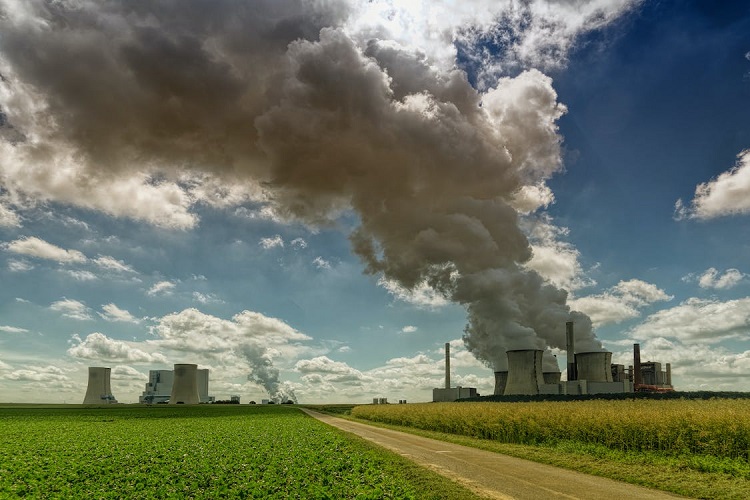
But it’s not only humans that are affected by acid rain, for it acidifies the soil, causing trees and vegetation to die as it removes nutrients and minerals from the soil.
But more worrying is that it can negatively affect the growth of agricultural crops and reduce yields.
In addition, acid rain also affects aquatic life by releasing concentrated aluminum in quantities toxic to fish, frogs, and snails, amongst others.
In fact, at a pH5 level, most fish eggs cannot hatch.
Corrosion and Weathering
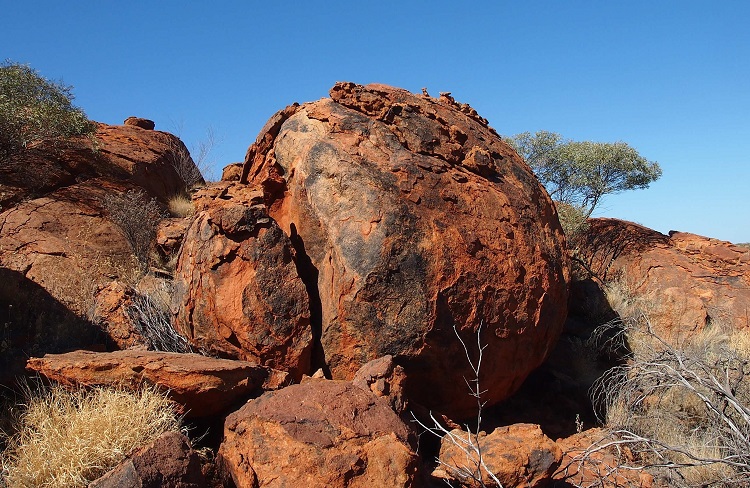
Structures such as stone buildings, sculptures, and steel structures such as bridges are not immune to the effects of acid rain either.
The acidic particles cause metal structures to corrode and stone structures and buildings to deteriorate more quickly, requiring repair or replacement.
Climate Change

Beyond doubt, the emissions from coal-fired power plants are one of the most significant contributors to greenhouse gases for planet earth that impact climate change
In fact, coal-burning power plants produce a fifth of global greenhouse gasses which is more than any other source.
But it’s not just coal power plants that contribute to the greenhouse effect. Coal mines and abandoned underground mines that release methane also contribute to these greenhouse gases.
When released into the atmosphere, these gases effectively act as a blanket around the earth, warming it up.
The widespread consequences of this are:
- Increased drought
- Rising ocean levels
- Extreme weather patterns
- Hotter temperatures
- Food shortages
- More health risks and
- Poverty, amongst others
More concerning, however, is that current forecasts by climate change experts have indicated that unless these emissions are drastically reduced, climate impacts such as drought, heat, and heavy rain will become more intense and frequent.
Radioactivity and Coal
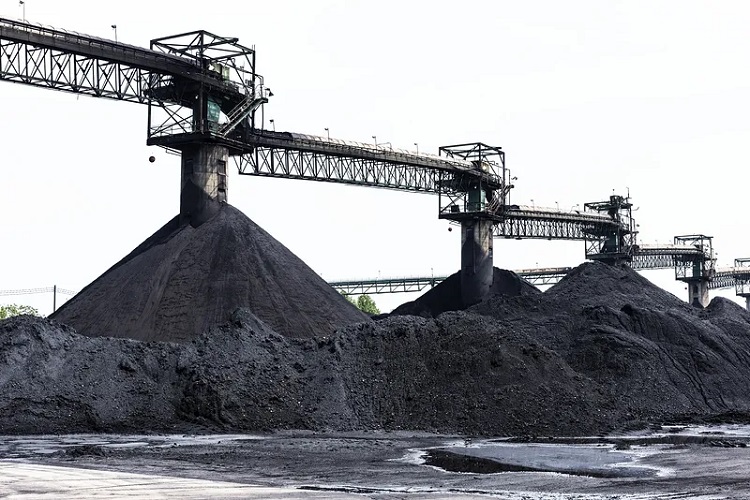
When you think of radioactivity and energy supply sources, the first thing that springs to mind, no doubt, is a nuclear power station.
But this couldn’t be further from the truth.
Coal, in its natural form, contains trace amounts of thorium and uranium which are both radioactive materials and, as such, not a problem.
However, these two radioactive elements are heated up when coal combustion occurs at coal-fired power plants, and they are then emitted in the fly ash at up to 10 times the original levels.
In fact, studies have proven that the fly ash from a coal power station carries 100 times more radiation into the surrounding environment than that of a nuclear power plant producing the same energy requirements.
Cost of Environmental Damages from Coal Plants
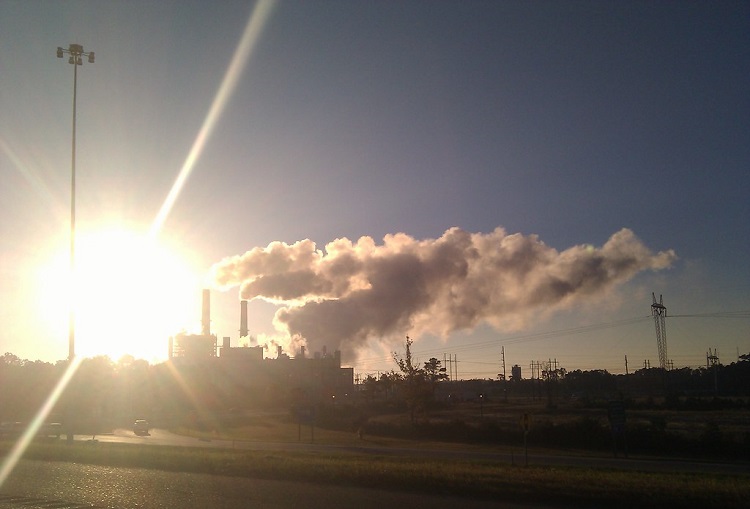
A Harvard report released in 2011 mapped out the true costs of environmental damage caused by coal mining activities in the Appalachian Mountains.
The study looked at human health factors such as toxins released during electricity generation, contaminates in the groundwater and surfaces, and deaths from rail accidents during the transportation of coal.
Additionally, other factors that were accounted for were land disturbances, crop damage, tourism loss, and declines in property values due to the mining activity in the area, which accounted for $10 billion.
The overall external cost of environmental damage from coal plants in the Appalachian region, it was found, comes in at a staggering $500 billion annually. Cost of environmental damages from coal plants
Reducing the Environmental Effects of Coal Use
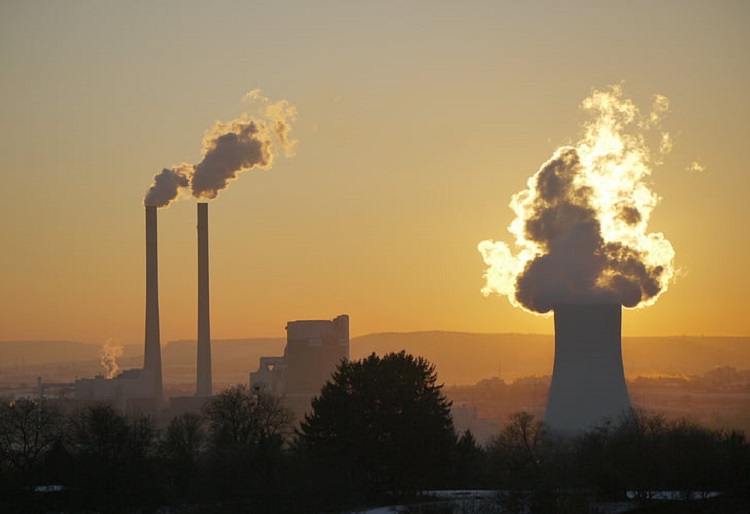
The environmental impacts of coal use have not gone unnoticed.
Indeed, with mounting pressure from environmental protection groups and a concerned public remedial measures designed to address environmental pollution are currently being implemented.
According to the US Energy Information Administration, the following initiatives have been undertaken under the Clean Air Act and The Clean Water Act to reduce pollutants released into the air and water.
Coal-fired power plants will clean the sulfur from smoke before it leaves smokestacks using what is commonly referred to as scrubbers (desulfurization equipment).
Additionally, research is currently underway where scientists are developing new technologies to remove impurities from coal, thereby reducing the amount of coal required to produce energy.
While other research is investigating equipment to reduce mercury emissions from some types of coal and address carbon dioxide emissions from coal combustion.
In fact, one of the methods proposed is carbon capture which will recover carbon dioxide as a concentrated stream that can then be injected underground for permanent storage.
And lastly, the recycling and reusing of land previously used for coal mining activities. The reclaimed land could then be utilized for building or recreational purposes.
Conclusion
Unfortunately, the US and Europe show that the shift from coal to more environmentally friendly and clean energy sources such as solar or wind power can take decades.
But what is the way forward?
Could it be nuclear power plants that are a much cleaner energy source but create radioactive waste that remains active for thousands of years?
Or natural gas, which is a more environmentally friendly fossil fuel?
But more worrying is that the United Nations has cautioned that if coal as a major cause of greenhouse gas emissions is not phased out by 2040, it will bring the world closer to climate change catastrophe.
So, indeed the world is fast running out of time if these transitions are to be made!












